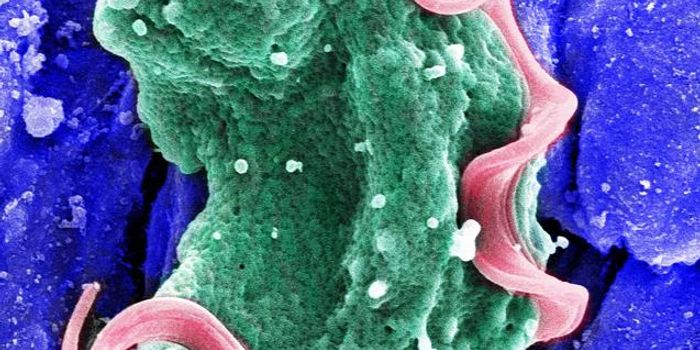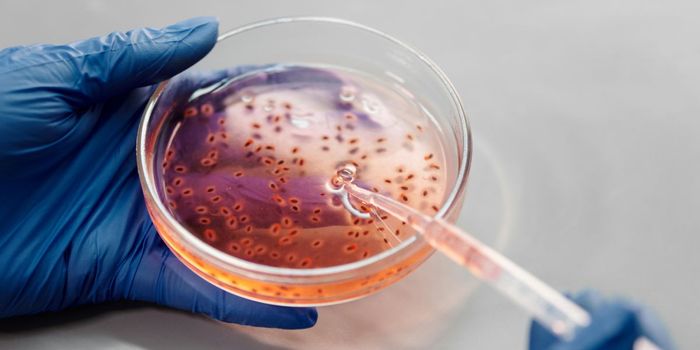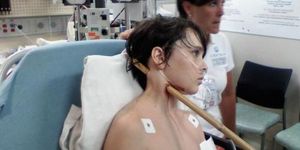Researchers at the University of York, UK, are part of a team of scientists that has discovered how bacteria can restart their ‘outboard motor' by hotwiring their own genes.
Unable to move and facing starvation, the bacteria evolved a new way to activate their flagellum - the rotating tail-like structure that acts like an outboard motor - by patching together a new genetic switch with borrowed parts.

The findings, just published in the journal Science, show that when an organism suffers a catastrophic mutation, it can rapidly rewire its genes. The remarkable speed with which old genes take on new tasks suggests that life has evolved unexpected levels of genetic flexibility and resilience.
The discovery was made by a team including professor Michael Brockhurst, PhD, Department of Biology at York and scientists at the universities of Reading, Exeter and Massachusetts.
A chance observation by a researcher in the laboratory of Rob Jackson, PhD, at sparked the research project. The soil bacterium Pseudomonas fluorescens was engineered so that it could not make its ‘propeller-like' flagellum rendering it unable to move. However, when a student accidentally left an agar plate with the immotile strain out on a bench over the weekend, the team discovered the bacteria evolved the ability to move again in just a few days. The bacteria had resurrected their flagella in the process.
Remarkably, this happened because the mutants had rewired a cellular switch, which normally controls nitrogen levels in the cell, to activate the flagellum. This allowed the bacteria to move to new food sources and avoid starvation.
To understand how this had happened biologists at the University of York, compared which genes were being activated in bacteria before and after evolution. "Bacteria use lots of genetic switches to turn their genes on and off," Brockhurst says. "Each genetic switch controls a different set of genes."
"Amazingly, we found that just a single tiny change to one of these genetic switches was enough to convert it from being a switch that would normally turn on the genes for using nitrogen into a switch that now turns on the genes to build the flagella," he adds. "The result is that the bacterium had, in effect, evolved a way to hotwire its motor practically overnight."
Tiffany Taylor, PhD, University of Reading, and lead author of the study, says the hotwiring comes at a cost. "The replacement key is a molecule borrowed from a system which regulates nitrogen levels," she says. "The mutant bacteria can now move, but it can't regulate nitrogen properly, which can build up and become toxic. Of course, it's an evolutionary price worth paying when the alternative is certain death."
[Source: University of York]









